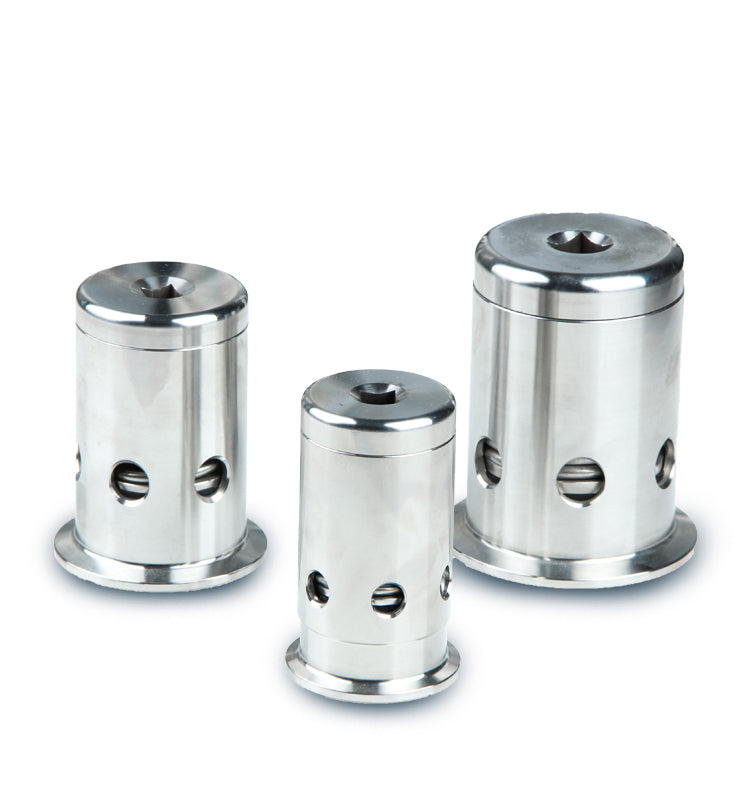The working principle of the stainless steel breather valve is mainly to automatically regulate the inflow and outflow of gas by sensing the pressure changes inside the storage tank, so as to maintain the pressure balance inside and outside the storage tank, prevent the storage tank from being damaged due to overpressure or vacuum, and at the same time reduce the evaporation loss of the liquid inside the tank. The specific working process is as follows:
Normal Pressure State
When the pressure inside the storage tank is within the control operating pressure range of the stainless steel breather valve, the breather valve does not work. At this time, both the pressure valve and the vacuum valve are in the closed state, thus maintaining the tightness of the oil tank and reducing the evaporation loss of oil and other media.
Positive Pressure State
When liquid is being pumped into the storage tank or due to reasons such as a rise in temperature, which causes the pressure inside the tank to increase and exceed the rated exhalation positive pressure set by the breather valve, the pressure valve disc opens, and the gas (such as oil vapor, etc.) inside the tank is discharged into the atmosphere through the exhalation outlet of the breather valve, thereby preventing the pressure inside the tank from continuing to rise and avoiding dangerous situations such as damage to the storage tank due to overpressure.
Negative Pressure State
When liquid is being pumped out of the storage tank or due to factors such as a drop in temperature, which causes the pressure inside the tank to decrease and be lower than the rated inhalation negative pressure set by the breather valve, the vacuum valve disc opens, and the outside air enters the tank through the inhalation inlet of the breather valve, so that the pressure inside the tank returns to the normal range, preventing the tank from being crushed due to excessive vacuum.









